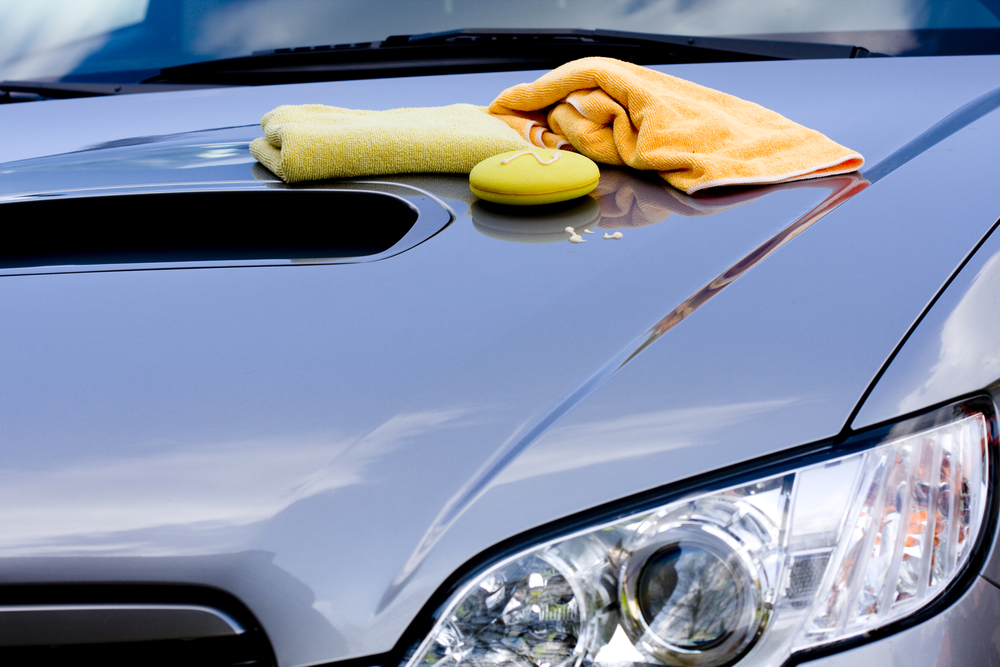
Waxing Your Car
Although waxing your car might take a little effort and time, it is worthwhile. After completing the waxing process, you can step back, admire and be proud of your ride’s lustrous and rich shine. Waxing your car is that satisfying. Here are a few things you need to know about waxing your car.
Does car waxing really matter?
Waxing is as important to your car as any other maintenance service. Here is the reason. Your car incorporates a shiny clear coat over the paint that acts as a protective layer. But how does it protect the car? Over your car’s lifespan, the clear coat faces threats from external factors like washing detergents, sunlight’s UV rays, power plants’ sulfur dioxide, and bird droppings.
Waxing adds a sacrificial layer to the clear coat that extends the paint’s lifespan and improves your car’s aesthetic and resale value. Neglecting this crucial car care could result in the suffering of your vehicle’s paint job and pocketbook.
How do you tell when the wax is wearing thin?
As a sacrificial layer, wax suffers to protect the clear coat. So each time you take it to the car wash, a little of the sacrificial layer will shed off. The same applies to other external factors mentioned above.
So, how do you tell the wax is wearing thin? The two common signs are water beading or the lack of it. Scientifically, wax leads to the beading up of water. So, if you don’t observe any water beading, there is no wax, and it is time to wax your ride.
You can also run your fingers over your car’s paintwork. To the touch, a properly waxed surface will feel very smooth. On the contrary, a surface that lacks the sacrificial layer offers sliding friction.
What is the ideal interval for waxing your car?
Do you know how often you should wax your car? Well, if you don’t know, don’t worry. The simple answer is to wax your car just before it wears off the last coating. So, depending on several multiple local factors (like the time it spends in the garage and weather), most waxes have lifespans of approximately eight to twelve weeks. In short, you need to wax your car every season or every quarter.
Types of car waxes
- Liquid wax
Typically, liquid wax is very thin and incorporates synthetic polymers for enhanced protection. They dry faster, so you might have to be quick when applying them. Since they are thin, they often last for a short time.
- Polymer-based
A blend of various chemicals makes up a polymer wax. So, they are generally synthetic wax. When purchasing a polymer wax, remember to get the best formulation from the best brand.
- Sealant
Sealants can be durable with a good detergent and UV protection, depending on the formulation. A sealant can be a mixture of carnauba and polymer wax.
- Carnauba Wax
This wax is typically Brazil’s palm tree oil and is natural wax. It demands a lot of hard work for a single application. It also doesn’t last for a long time. However, it is often effective in dark colors and ends up giving your ride a deep shine.
- Paste Wax
From the traditional formulation, paste waxes are hard and thick, thus offering good protection for up to 12 weeks. However, you might end up spending too much time on the job.
Waxing your car with Capital Tint and Customs
Sometimes car waxing doesn’t last for a long time. So after a few months or weeks, you might notice your car’s shine fading meaning it’s time to wax your car again. If you have time, it might not be a bother. But if you always work under tight schedules, you can also have Capital Tint and Customs perform a professional detailing service for you if you don’t want to do it yourself.
